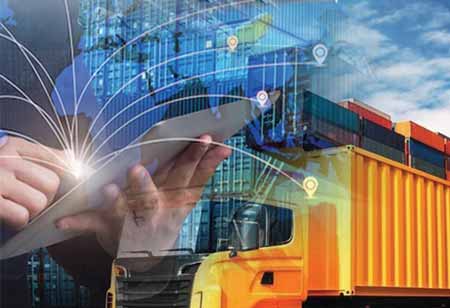THANK YOU FOR SUBSCRIBING
THANK YOU FOR SUBSCRIBING

By
Logistics Transportation Review | Monday, July 22, 2024
Stay ahead of the industry with exclusive feature stories on the top companies, expert insights and the latest news delivered straight to your inbox. Subscribe today.
Technological advancements, regulatory changes, and sustainability requirements shape the future of drayage.
FREMONT, CA: Drayage, the short-distance transportation of goods between ports, rail yards, warehouses, and distribution centers, plays a pivotal role in global supply chains. As we look toward the future, several significant challenges and emerging trends are shaping the landscape of drayage operations. Addressing these challenges and leveraging new trends will be crucial for industry stakeholders to optimize efficiency, sustainability, and overall supply chain resilience.
Challenges Facing Drayage Operations:
Congestion and Infrastructure Limitations: One perennial challenge in drayage operations is congestion at ports and intermodal terminals. Heavy traffic, limited space for truck maneuvering, and inadequate infrastructure can lead to delays, inefficiencies, and increased costs. Addressing these challenges requires investments in infrastructure improvements, such as expanding terminal capacity, optimizing traffic flow, and implementing advanced scheduling and routing technologies.
Regulatory Compliance: Drayage operations are subject to stringent regulatory requirements, including environmental standards, safety regulations, and labor laws. Compliance with these regulations adds complexity and costs to operations, particularly as regulations evolve and become more stringent. Industry stakeholders must stay abreast of regulatory changes and implement strategies to ensure compliance while minimizing operational disruptions.
Driver Shortage and Retention: The drayage industry faces a persistent driver shortage and retention challenges. The demanding nature of drayage work, long hours, and unpredictable schedules contribute to high turnover rates among drivers. Addressing this challenge requires initiatives to improve working conditions, enhance driver training and safety programs, and adopt technologies that improve operational efficiency and driver satisfaction.
ALSO READ : Transportation Review
Environmental Impact: Environmental sustainability is increasingly becoming a priority in drayage operations. Diesel truck emissions contribute to air pollution and carbon footprint, prompting regulatory agencies and stakeholders to advocate for cleaner technologies and alternative fuels. Adopting electric trucks and hydrogen fuel cell vehicles and implementing emission reduction strategies are critical steps towards achieving sustainability goals in drayage.
Cost Pressures and Profitability: The drayage industry operates on thin profit margins, influenced by fuel prices, labor costs, equipment maintenance, and competition. Fluctuations in market conditions and economic uncertainties can impact profitability, requiring drayage providers to continually optimize operational efficiency, manage costs effectively, and explore innovative revenue streams.
I agree We use cookies on this website to enhance your user experience. By clicking any link on this page you are giving your consent for us to set cookies. More info





